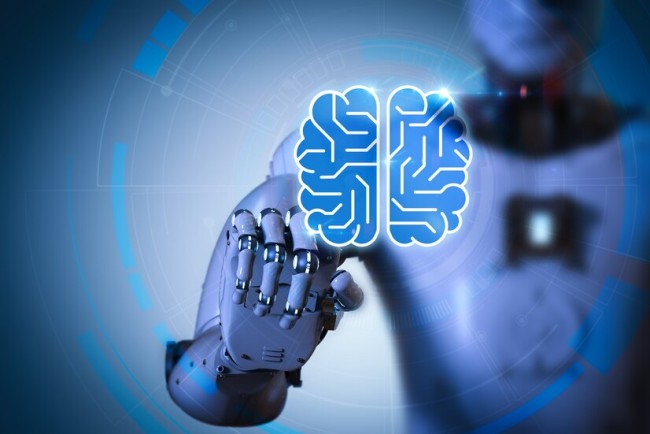Machine learning in sales and marketing is an efficient way to find out more information about the customer and target them as best as possible.
There are countless examples of machine learning in marketing, specifically unsupervised. For instance, things like organizing and clustering data into unlabeled clusters is what makes unsupervised machine learning so unique.
While supervised learning uses labels to put things in their place, unsupervised is more on its own and figures things out with much less data, effectively becoming a much more powerful tool. With it, companies can uncover trends that they would not have been able to catch otherwise.
Unsupervised learning is also often used for a variety of things like finding specific customers, catering to specific groups, and learning actionable customer insights.
Let’s take a look at some examples so we can actually learn how unsupervised Machine Learning is reshaping marketing.
1. Unsupervised Machine Learning Makes It Easier To Predict Stats and Behavior
Predicting the future is nothing short of legendary. With unsupervised machine learning, data can be analyzed and clustered into organized sets of information without any prior labeling, giving companies insights they need.
Look at it this way: do you always have complete data sets about things like customer behavior? Probably not. In these cases, cases where there’s simply not enough information for normal algorithms to “learn,” unsupervised learning can metaphorically fill in the blanks and draw its own conclusions.
For example, you may know that a particular page in your website has both a high bounce rate and conversion rate. Normally, you wouldn’t be able to pinpoint exactly why unusual behavior is being exhibited, but with unsupervised learning you can.
It can look at the data you do have, analyze it, and discover “hidden” stats and knowledge within it.
2. Unsupervised Machine Learning Helps Prioritize Ad Targeting Through Segmentation
Ad targeting a very big part of what makes ML in marketing so great; you can use it to cater to specific customers who are more likely to covert.
By ensuring your audience receives ads and content that they actually want to see and interact with, ad targeting functions as the next best thing to reading minds, and unsupervised learning can make it even stronger through segmentation.
For instance, like we touched on above, you don’t always have as much information on your users as you’d like. Here’s where unsupervised learning comes into play.
It can explore the data you do have, and then find similarities and patterns you or anyone else on your team would have missed. Knowing this, you can improve segmentation and split your users into groups that will respond better to certain messages.
3. Unsupervised Machine Learning Improves The Customer Experience
Without customer insights, your marketing and ad creation efforts would be solely based on guessing.
Machine learning for brands, specifically unsupervised, is essential to organizing data into groups based on what a customer is like and what they interact with, as well as figuring out how to interact and further your relationship with them.
In other words, unsupervised learning allows you to better understand your audience and know how to market to them at the best of your abilities, which means that you can offer them a better customer experience as a whole.
As we all know, whether to turn to one brand over another is usually determined by your experience with them, and if you can offer them a better experience than anyone else, you know you’ve got them.
Final Thoughts
Machine learning offers an avenue for gathering data that helps us create tailored marketing strategies. When we narrow the scope and focus on unsupervised machine learning, this means gathering hidden data that leads to quality, actionable insights.
For example, whereas supervised learning needs explicit labels of inputs and outputs to function, unsupervised learning bypasses this and can draw conclusions from data that’s much more ambiguous and harder to classify.
